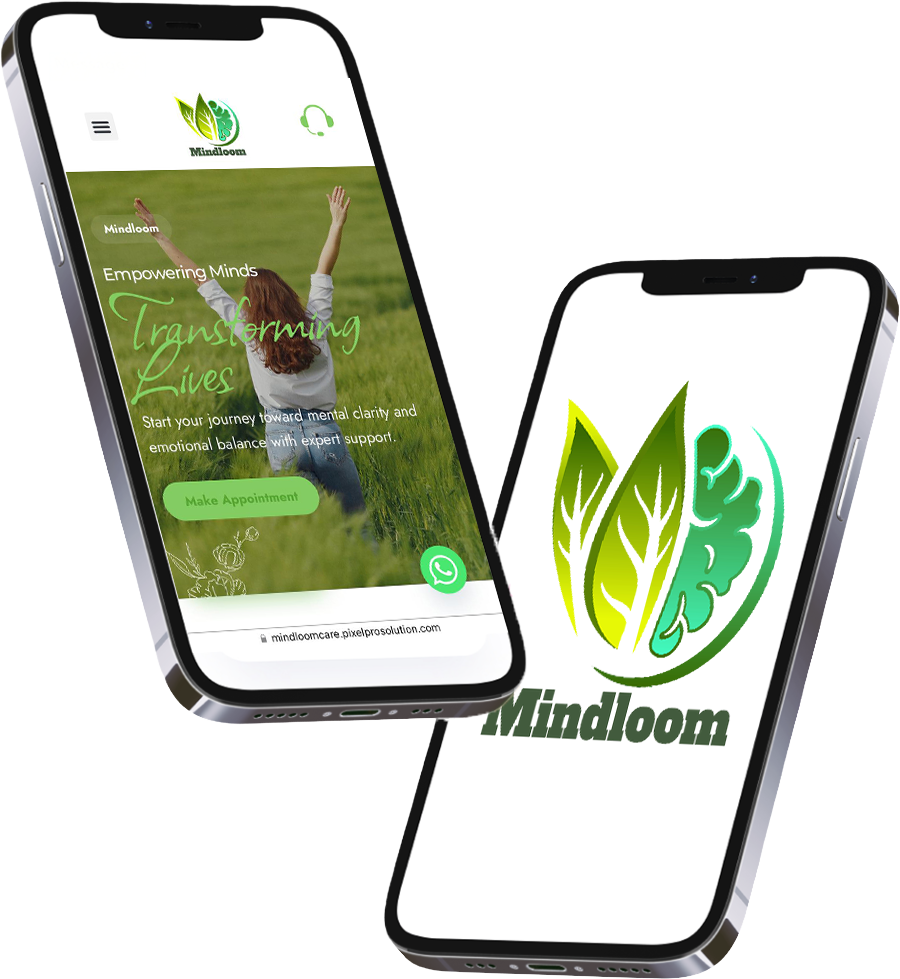
From Entertainment to Therapy
Virtual Reality (VR) is no longer just a tech toy or gaming tool. It’s now being used as a powerful resource in mental health treatment. Many therapists today are including evidence-based VR tools in their sessions. When used under clinical guidance, VR can support healing and growth.
Exposure Therapy in a Safer World
One of the most effective uses of VR is in exposure therapy. With the help of virtual simulations, people can face fears like flying, public speaking, or crowded places. Instead of diving into real-life situations, they start in a safe virtual setting. This method is especially helpful for phobias, PTSD, and social anxiety. It helps reduce fear, build confidence, and limit avoidance behavior.
A Virtual Escape for Stress Relief
VR is also a great tool for stress management. Guided relaxation in peaceful virtual places—like beaches or forests—can calm the nervous system. These experiences tap into the body’s natural ability to relax. For people dealing with anxiety, burnout, or panic attacks, VR can bring quick relief and emotional balance.
Helping Build Social Skills
VR also supports people who struggle with social interaction. Those with autism, schizophrenia, or social anxiety can safely practice social skills. They learn how to read facial expressions, maintain eye contact, and hold conversations. VR is also being used to train mental health professionals, allowing them to practice crisis response and communication skills.
Potential Risks of VR Therapy
While VR has many benefits, it also brings some risks. If used without proper guidance, it may cause confusion between virtual and real life. For people prone to dissociation or withdrawal, this can be harmful. Overuse of VR may lead to addiction, poor sleep, and social isolation. Physical discomfort—like dizziness or nausea—is also common in sensitive individuals. Without emotional support, intense or violent content may cause distress.
The Verdict: Balance and Supervision Are Key
When used carefully, VR can be a powerful mental health tool. It offers immersive experiences that support therapy. But it must be guided by a trained professional and tailored to each person’s needs. VR is not a replacement for human connection—but a helpful bridge to healing when used wisely.
Dr. Shalique Muhammed/Counseling Psychologist,Hypnotherapist



